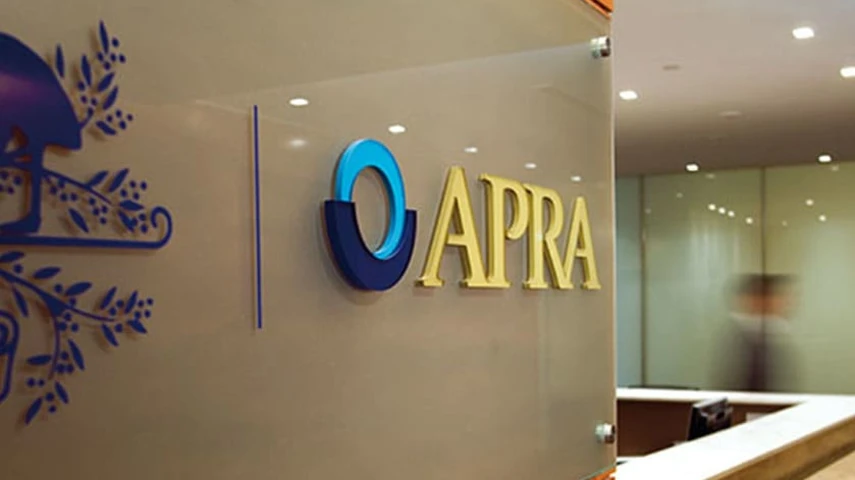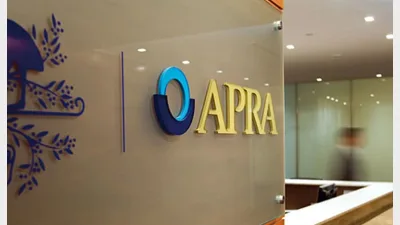APRA turns up scrutiny on superannuation in 2025–26 corporate plan



The Australian Prudential Regulation Authority (APRA) has placed superannuation front and centre in its 2025–26 corporate plan, signalling a period of intensified scrutiny over fund expenditure, governance and member outcomes.
Over the next 12 to 18 months, APRA’s key priorities include reviewing major platform providers, intensifying oversight of superannuation fund spending, and strengthening cyber resilience across its regulated industries.
This comes as the regulator seeks to ensure trustees deliver value for members while maintaining financial and operational resilience.
“The superannuation industry faces growing challenges over coming years,” APRA said in the plan.
“Similar to the banking industry, risks are becoming more complex – continued strengthening of superannuation funds’ governance and operational risk management practices is therefore an area of ongoing regulatory focus. The growth of the sector has also made it more interconnected with other parts of the financial system, which could introduce potential vulnerabilities.”
Moreover, APRA flagged an ageing population as presenting new challenges for the sector, as more members transition to the retirement phase, increasing the need for careful management of payouts and long-term sustainability.
Cyber resilience has also emerged as a top supervisory priority, with APRA announcing it will conduct targeted engagements to assess regulated entities’ progress in strengthening cyber defences, with an initial focus on superannuation trustees, insurers and smaller banks.
In the superannuation sector, the regulator said it will specifically evaluate funds’ responses to concerns outlined in its June 2025 letter on Information Security Obligations and Critical Authentication Controls.
APRA chair John Lonsdale emphasised the regulator’s dual focus on safety and efficiency.
“A strong and stable financial system is an essential prerequisite for economic growth,” Lonsdale said. “At a time of heightened global volatility, APRA will continue to focus on ensuring banks, insurers and superannuation trustees have the financial and operational resilience to withstand a sudden shock and continue delivering vital financial services to their customers.”
The regulator will also publish the results of its inaugural System Stress Test, which assesses risks arising from the interconnectedness between the banking and superannuation sectors, providing a clearer picture of vulnerabilities that could affect retirement savings.
APRA’s plan emphasises a balanced approach, namely while the authority aims to uphold prudential safety, it also intends to support competition and efficiency in the superannuation sector.
“While APRA’s prudential framework has always been proportionate, over the coming few years we will step up our focus on identifying opportunities to better support competition and productivity without compromising on our safety and stability objectives,” Lonsdale said.
The plan is part of a broader strategy to strengthen APRA’s organisational effectiveness, including enhancing analytical capabilities, improving technology and data infrastructure, and fostering a safe, inclusive workplace culture.
Recommended for you
A hawkish post-meeting RBA has cast doubt over the possibility of another rate cut in 2025.
Super funds are being urged to do more to protect older women from financial insecurity as life events widen retirement gaps.
The central bank has announced the official cash rate will remain at 3.6 per cent following higher-than-expected inflation figures.
Equip Super has appointed Michelle Cheong as chief risk officer, strengthening its governance framework with nearly two decades of industry experience.









